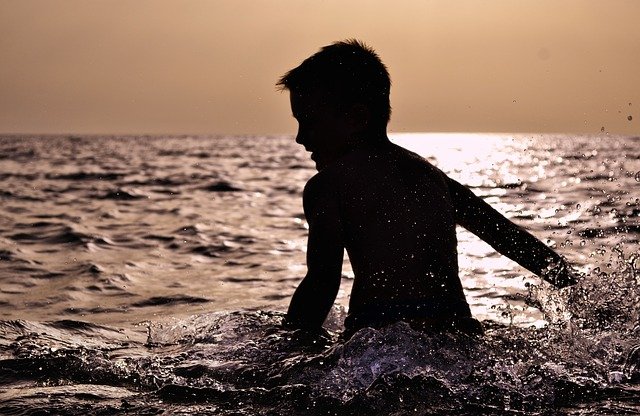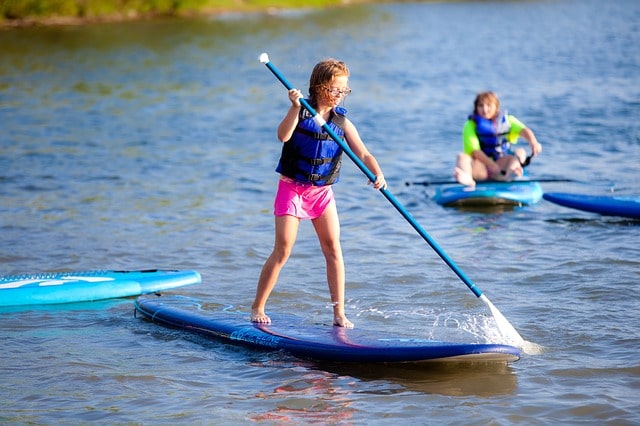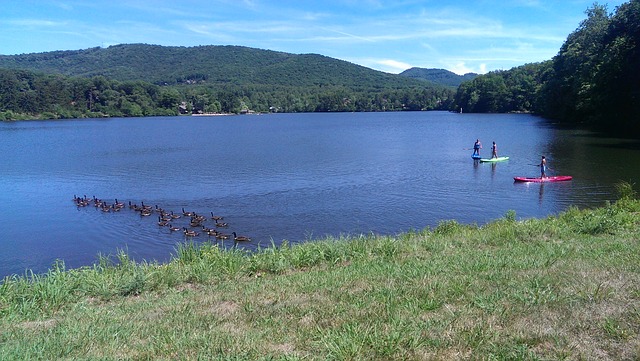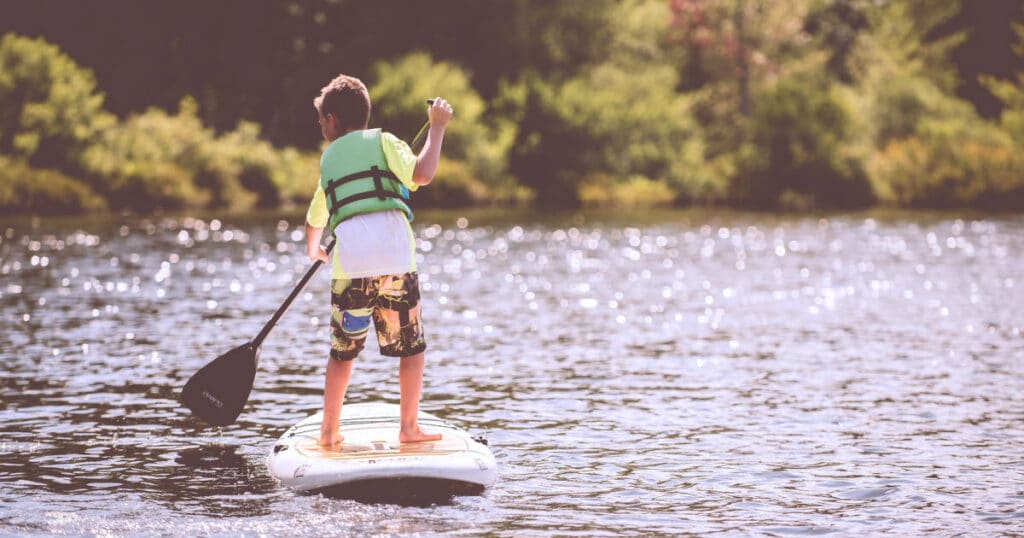If you want to give your toddler some experiences in the great outdoors and wonder whether you could bring them paddle boarding, the answer is a conditional yes. Generally speaking, it is better to wait until your child is older than 5 years old before bringing them paddle boarding. However, if you’re determined to go paddle boarding with a toddler, then safety must always be top of mind.
As the adult, you must be an experienced paddle boarder before even considering bringing your child to experience this activity, and for your first few outings I recommend that you temper your expectations and plan for a short trip to keep things fun.
In this article I’ll explain why I feel these are best practices for paddle boarding with toddlers and children, and I’ll outline some of the important safety considerations you need to keep in mind before letting your child try paddling a SUP.
Swimming Skills
It almost goes without saying that your child must be a competent swimmer before you can bring them paddle boarding. Ensure that he or she has had plenty of swimming lessons and ask their instructor to verify that his or her swimming skills are adequate for safety if you go paddle boarding. You must also make sure that your child knows how to be safe when in and around the water.

No matter how good your child is at swimming, it’s not wise to let kids swim unsupervised. There must always be a responsible adult nearby. Kids should be wearing life jackets or other flotation devices at all times.
How to Paddle Board with a Child Under 5
If you have a child under five years old that you want to bring paddle boarding, then you should have your child sit with you on your paddle board. It’s only kids older than five that can safely learn to be on a paddle board by themselves (on an appropriately sized board).
How to Get Your Child Ready to Try Paddle Boarding
A useful tip is to put your paddle board on some soft grass first. Ask your child to stand on the board. This approach allows your child to become familiar with the feeling of paddle boarding.
General Safety Rules for Paddle Boarding with Toddler

- Only go on calm waters with your child. Stay far away from rivers and areas where there are surf breaks. Your child will find it much easier to balance with you on the board, whether they are sitting between your legs or standing. Be aware that your child might want to move a bit while paddle boarding, so make sure to plan for that.
- Your child must wear a personal flotation device (PFD). Remember to wear one yourself as well. This is important not only for your own safety but to set the right example for your child. The necessity of your child wearing a PFD cannot be overstated. If an emergency occurs, this could be the difference between life and death for your child. Possible emergencies could include your child falling into the water and even getting temporarily trapped under the board.
- Check the weather forecast before going paddle boarding with toddler. You should never paddle in conditions that involve offshore winds. Remember how quickly wind and storms can arrive. Conditions could quickly become dangerous.
- As the adult, you should be experienced with the sport before taking your child paddle boarding.
- Make sure that your SUP is able to handle the weight of both you and your child.
- Your child should be dressed for the weather conditions and temperature of the water.
- It’s a good idea to have a group of people there with you. This way you’ll have people there who can assist if there is an emergency.
- Make sure you use an extremely stable board. It’s best to go with a wide table paddle board.
- Don’t rush things. Start in very shallow water and give your child time to get used to the feeling of being on the paddle board. Never go too far away from shore. This is important not just for safety but also because your child might get bored quickly.
- The paddle board you use must be buoyant and large enough. Be aware that paddle boards come with ratings for the weight they can bear. If the weight on your paddle board is too light, you will have difficulty turning and steering. If the weight on your paddle board is too heavy, there will be problems with balance. Remember that the weight on your board will be a combination of your and your child’s weight.
- As a responsible parent, you must chose safe water conditions when going paddle boarding with your child. The best places tend to be calm beaches, small lakes, and protected bays. Don’t go in any kind of water that has currents or waves.
Paddle Boarding with Older Children
I recommend waiting until your child is a bit older before he or she tries to paddle board. Paddle boarding is pretty hard for beginners, and for kids under 5 it can be frustrating and no fun.

Wait until your child is over five years old and a strong swimmer. This way you may be able to let them use their own board (under strict and constant supervision and only on mild waters). You must, however, make sure that you get a board and a paddle that are the appropriate size for them.
There are a number of online resources that will tell you how to size a paddle board for kids. However, I recommend taking your kid to a store and getting the right fit in-person.
Like younger children, children over five must always be wearing a PFD. As the adult, you should also wear one to set the proper example. Also, never let your child out of your sight when paddle boarding. If your child gets in trouble in the water that’s generally a silent event, and if you can’t see your child struggling you may miss the critical opportunity to come to their aid.


